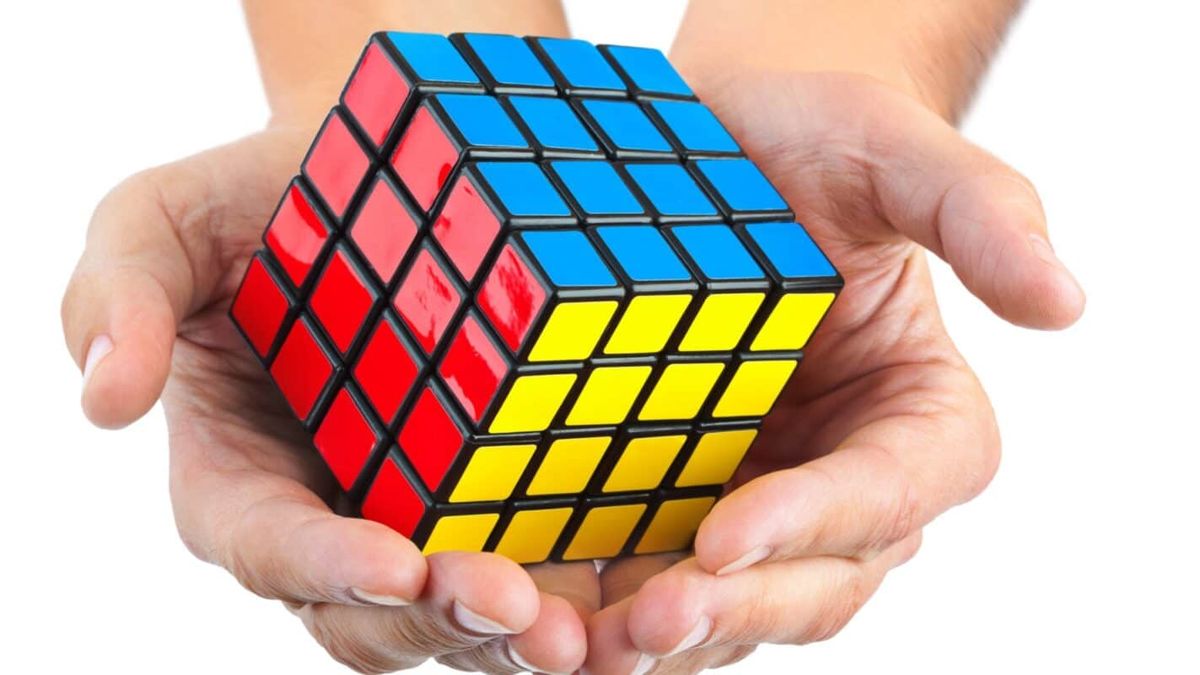Creativity in the classroom is the spark that ignites great inventions, and sometimes, also million-dollar ideas. This is what happened with the Rubik’s Cube, a puzzle that began as a educational tool at a university of Budapest and ended up becoming one of the toys with millions of units around the world.
The case of the Rubik’s Cube demonstrates how a simple idea, born for pedagogical purposes, can be transformed into a global phenomenon. From its conception to its commercial success, this iconic object not only marked a before and after in the history of toys, but also left a legacy in the culture and mathematics.
Rubik’s Cube 2.jpg
Professor Erno Rubik never imagined that his creation would become a multi-million dollar invention.
The history of the Rubik’s Cube
This peculiar invention was born in 1974 in Budapest, Hungary, as a project by the architect and professor Erno Rubik. Looking for an innovative way to teach three dimensional geometry to his students, he designed a mechanical puzzle made up of 27 small wooden blocks joined with elastic bands. This first prototype, initially called “Magic Cube”aimed show the complexities of three-dimensional space in a tangible way.
Rubik soon discovered that his invention was not only useful as a teaching tool, but also extremely entertaining. By covering the faces of the cube with colorful stickers, he realized the infinite possible combinations it offered, which added a unique challenge: return it to its original state. Although at first it was almost impossible for him to solve, this aspect became the soul of his success.
After patenting his creation in 1976, the inventor sought to bring the Magic Cube to the market. However, economic and trade limitations under the Hungarian communist regime made its production difficult. It was until 1979, when Tibor Laczia Hungarian businessman, brought the invention to the Nuremberg Toy Fairthat the cube found its way to the Western market. Shortly after, the American Ideal Toy Company acquired the distribution rights, renaming it “Rubik’s Cube” and throwing it to world market.
In 1980, the toy began its meteoric rise, selling millions of units in its early years. His success was not only commercial, but also cultural, becoming an icon of the 80s and winning multiple awards such as Best Game of the Year in the United Kingdom. Since then, more than 400 million units, consolidating it as one of the best-selling toys in history.
The Rubik’s Cube and God’s Number
The Cube is not only a toy, but also a object of mathematical fascination. With more than 43 trillion possible configurations, one of the great unknowns is determining the minimum number of moves necessary to solve it, known as the “God’s number.”
For decades, mathematicians and programmers tried to calculate this figure. Initially it was thought that at least 26 movements were necessary, but later studies, supported by powerful algorithms, confirmed that the magic number is 20. This means that regardless of the initial setup, the cube can be solved in 20 moves or less.
In addition to its mathematical complexity, the Rubik’s Cube gave rise to modalities such as speedcubingwhere competitors seek to resolve it in the shortest time possible. The current record, set in 2018, is just 3.47 seconds, a feat that demonstrates the level of skill and precision that this puzzle demands.
Source: Ambito




